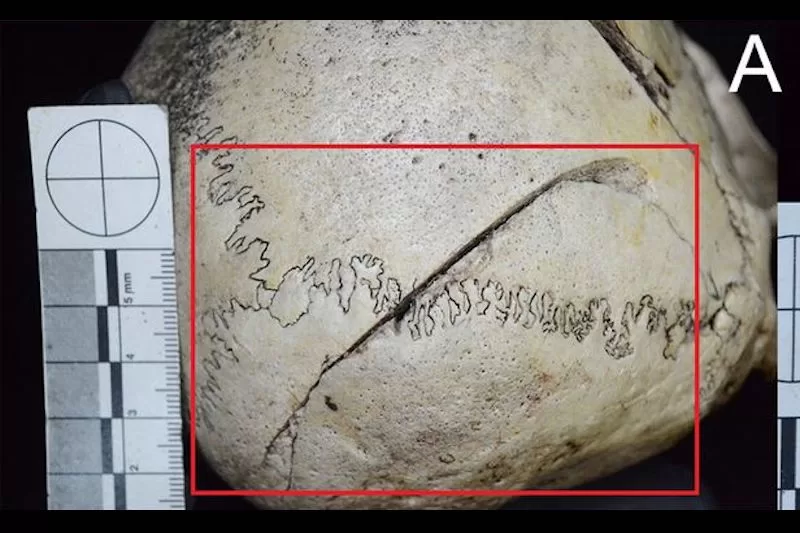A possibly enslaved woman may have been executed with a sharp weapon in what is today the Indonesian province of Papua, according to a new study.
Only the victim’s skull is available for analysis, but it turns out that the woman was between 26 and 42 years old when she was killed.
Multiple sharp force trauma injuries were found on the frontal, temporal and occipital bones of the skull. The team used digital and ultraviolet photography to study the skull injuries.
read more:
- New offer from Athens in the statue crisis between the UK and Greece
- The best books of 2023 in our opinion
She lived during what scholars call Indonesia’s “colonial period”, a period between the 16th century and the mid-20th century when the country was controlled by European powers. The skull was found on Biak Island in 1935 by scientists from Airlangga University in Indonesia. Researchers say the skull is inscribed with the year and the word “Biak”, which may refer to the Biak people.
During the colonial period, Europeans went on slave raids and enslaved the local population. The Dutch, who controlled Indonesia for most of this period, practiced widespread enslavement.
“It is likely that the woman was killed as part of these raids, but it is impossible to distinguish whether the skull analyzed in this study belonged to a victim of inter-tribal or intra-tribal warfare, or whether she was killed as a slave,” said forensic anthropologist Rizky Sugianto Putri of Airlangga University, lead author of the study.
“But the execution-style wounds on the skull suggest that the individual was kneeling or sitting and unable to actively defend himself.”
The team says that female wizards, known as “mon”, are highly sought after during raids. This raises the question of whether this woman could be a sorceress.
The identity of his killers is also unknown. “We don’t know who killed him. However, his blunt force trauma wounds are consistent with a parang, a weapon commonly used by Papuan tribes during the colonial period.”
Very little research has been done on human remains from the colonial period in Indonesia. Putri hopes that this paper and future research will shed more light on how people lived and died during this period.
Putri, R. S., Koesbardiati, T., Murti, D. B., & Kinaston, R. L. (2023). Interpersonal violence in colonial era in Papua, Indonesia: A case study of trauma patterns of a Biak individual. International Journal of Osteoarchaeology.

